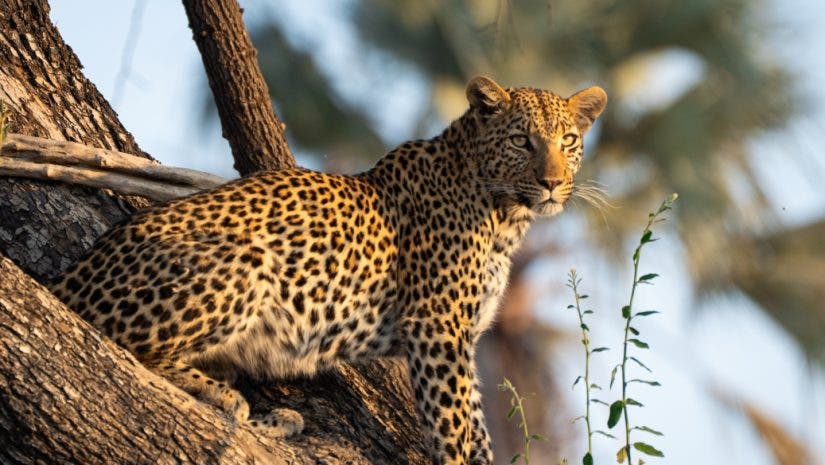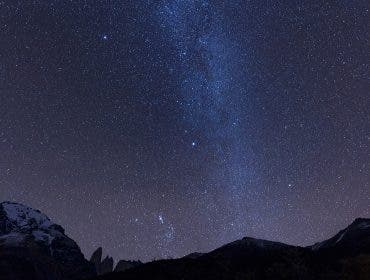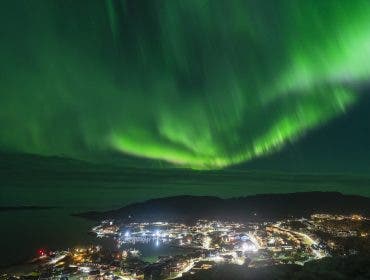As a photographer, I’ve yet to find a task more thrilling and fulfilling than snapping photos of wild animals—so much so that I now plan many of my globetrots around wildlife photography. I’ve photographed clamming bears in Alaska, mating lions in Africa, and little penguins in southern Australia, with plenty of animal kingdom wonders in between. In this article, I’m sharing six of my favorite places to photograph wildlife around the world, as well as tips on the wildlife photography gear you’ll need to nail the shot each time.
What gear do I need for wildlife photography?
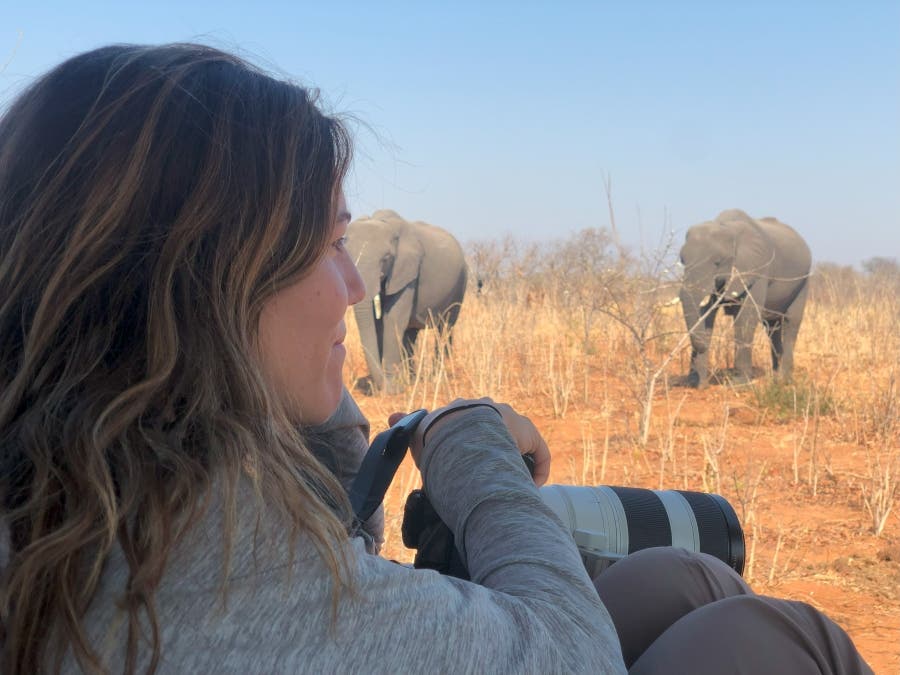
Before we daydream about animal-watching adventures, let’s talk wildlife photography gear. I recommend a mirrorless camera—I use the Sony A7RIV—because it’s lightweight without compromising on image quality. (In fact, with a 60.2 megapixel sensor, the Sony A7RIV provides enough detail for me to crop in and compose as I’d like without losing sharpness.) A few other options for wildlife photography include the Nikon Z9, the Sony A1 II, and the Canon EOS R8.
Your lens is equally as important as your camera. Since animals are unpredictable, and often quite far away, you’ll want a versatile telephoto lens. I own the Sony 100-400mm f/4.5-5.6, and I keep a 50mm f/1.8 lens handy on my backup camera—sometimes the animals get closer than you’d expect. Some lenses can get up to 600mm or more, and these would be great options as well; just know they can get heavy. A tripod or monopod can help you manage the weight.
And note that the type of wildlife you’re hoping to photograph will dictate which lens you need. A safari to see giraffes and lions will require a telephoto, while an outing to see tiny insects would necessitate a macro lens, and an underwater adventure requires its own separate gear set.
Finally, look for memory cards with quick write speeds and high capacity. I always bring an external SSD, like this SanDisk Extreme Portable SSD, to back up my content while I’m on the road, too.
What are the best places to photograph wildlife in the world?

While virtually any place can be a good spot to photograph wildlife, whether it’s your backyard or a remote corner of the planet, the following destinations go above and beyond with their potential for animal photography. Think: high concentrations of megafauna, species variety, wildlife with scenic backdrops, and the like. Here are six of my favorites, with intel on how to visit.
1. Okavango Delta, Botswana

My camera got quite the workout during my trip to Botswana’s Okavango Delta, one of my absolute favorite places in the world for wildlife photography. This mosaic of marshland and seasonal floodplains sees all sorts of majestic mammals, including leopards, lions, cheetahs, and more elephants than I could count.
Perhaps my favorite thing about photographing wildlife in the Okavango Delta is the contrast. The ecosystem is so rich and green that the animals are dramatically contrasted, particularly during golden hour. You can stay all over the region on a guided tour, but I was quite partial to Chief’s Camp, as it had incredible animal views right on the property. Leroo La Tau, located on the Boteti River, also provides straight-from-the-room wildlife watching, with several onsite watering holes for dreamy reflections.
2. South-central Alaska, U.S.
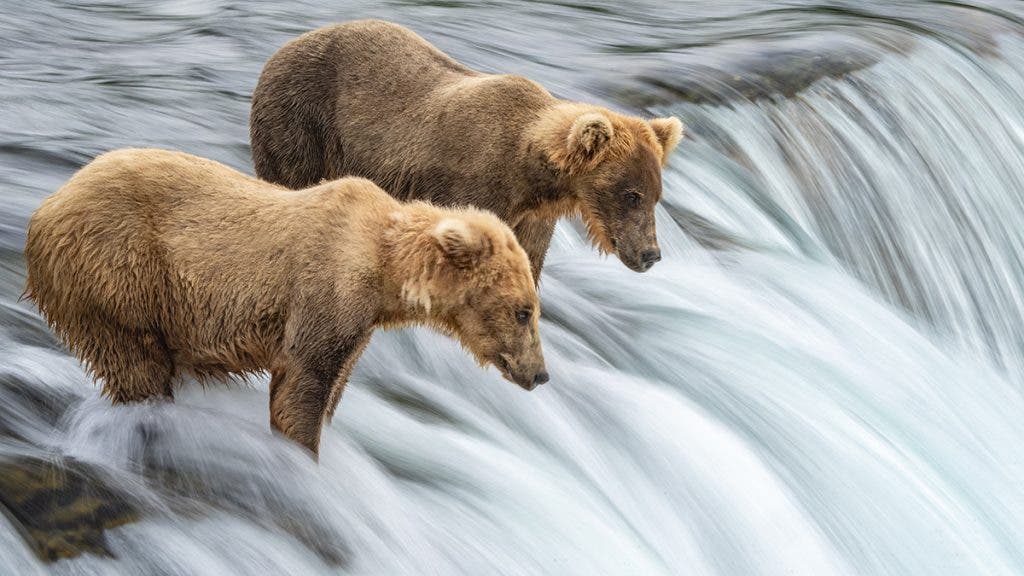
As a visual artist, there’s a lot to love about the Last Frontier, particularly when it comes to wildlife photography. For that, I highly recommend south-central Alaska, where gargantuan brown bears gather in huge numbers to feast on salmon, munch on sedge grass, and mate, hibernate, then do it all again.
Katmai National Park is best known for its eye-popping salmon run, which allures huge concentrations of bears in the later summer and early fall. They’re particularly photogenic at this time, as they reach their peak weight—between 600 to 900 pounds—by gorging on salmon.
Another option for photographing the beefy bruins is Alaska Bear Camp, a getaway run by the World Wildlife Fund’s travel partner Natural Habitat Adventures. They’re nestled right alongside bear country of Lake Clark National Park, with their own set of brown bears to photograph and admire. They even run wildlife photography workshops at the camp, as well as across the region.
3. Kangaroo Island, Australia
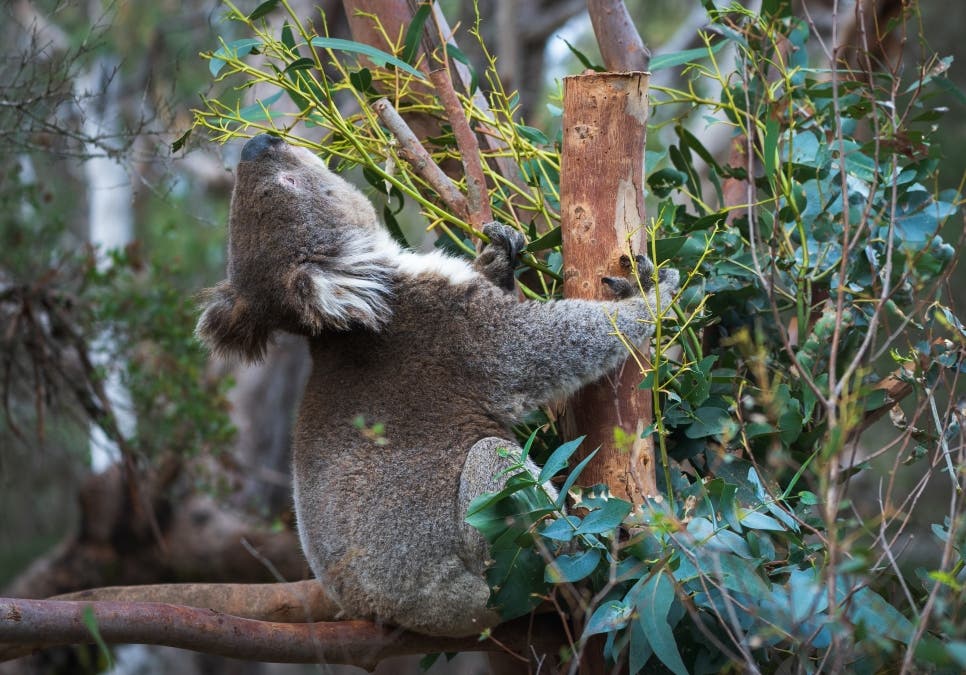
I’ve spent a lifetime dreaming about watching wildlife in Australia, and my Aussie wildlife photography trip this summer did not disappoint—particularly on Kangaroo Island. This South Australia island is packed with animals, from playful seals to doe-eyed wallabies. I stayed at Southern Ocean Lodge, a clifftop resort that overlooks the sea, because their animal adventures sounded right up my alley.
Additionally, I only had two days for Kangaroo Island photography, but this getaway did not disappoint. I photographed seals, koalas, kangaroos, wallabies, and rainbows by day then sparkly stars come dusk.
The only thing I will say: If you’re visiting in the off or shoulder season, it’s important to bring dry bags and a rain cover for your camera backpack. The weather can get quite unpredictable—something I learned firsthand with 48 hours of on-and-off rain.
4. Baja Sur, Mexico

There’s a reason people flock to Mexico’s Baja Peninsula each winter. It’s arguably the best place in the world to watch and photograph whales. The region sees gray, blue, fin, and sperm whales, as well as humpbacks and orcas.
The cetaceans typically visit from late December to early April, with the peak season around February through March. I visited Loreto for a week in late January with an overnight detour to gray-whale hub Puerto Adolfo Lopez Mateos and photographed at least a dozen of them in just two boat outings, not to mention the lively coyotes and seabirds that gathered back on shore.
5. Pantanal, Brazil
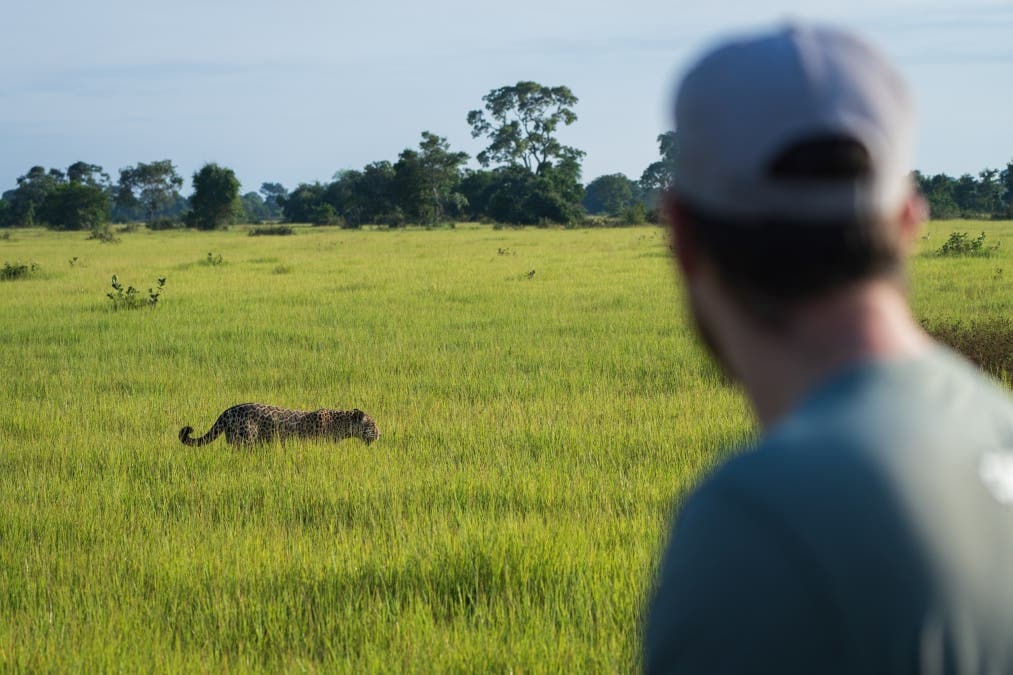
As the planet’s largest freshwater wetland, Brazil’s Pantanal is a haven for wildlife photographers. This 680,000-square-mile getaway—roughly 20 times the size of Florida’s Everglades—is home to tapirs, giant anteaters, capybaras, hyacinth macaws, and one of the largest concentrations of jaguars in the world.
While you have all sorts of options to choose from when photographing wildlife in the Pantanal, I cannot recommend Caiman Lodge in the state of Mato Grosso do Sul enough. It lies on a huge cattle farm, and beside a 17,300-acre private nature reserve, where guests can take safari trips with conservationists from Brazilian NGO Onçafari to search for the Pantanal’s megafauna. I visited in May 2024 and was treated to all sorts of encounters—from a jaguar’s unlucky hunt to sun-basking capybaras enjoying golden hour just outside the lodge’s fenced-in grounds.
6. Galapagos Islands, Ecuador
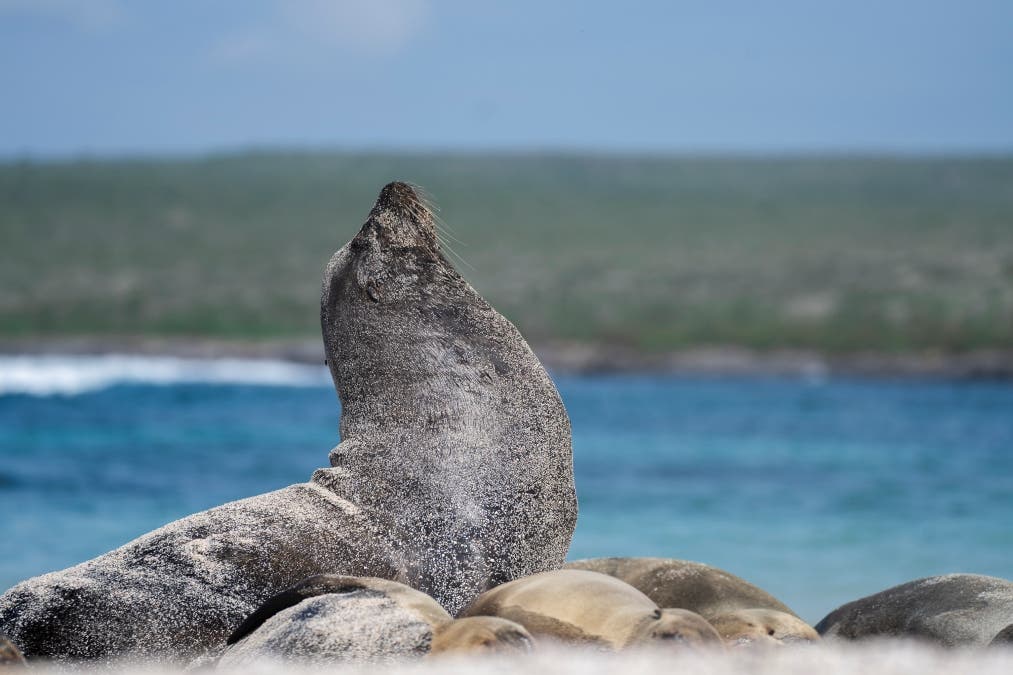
Few destinations will blow your animal-loving mind like Ecuador’s Galapagos Islands, an archipelago in the Pacific Ocean with some of the most astonishing and diverse species. These volcanic land masses helped Charles Darwin understand evolution, and they’ve allured countless wildlife photographers to experience this flora and fauna firsthand.
I visited the islands with adventure outfitter World Expeditions on a small, roughly 15-person cruise in March 2024. My Lightroom catalog looked like an encyclopedia by the time the trip was over, with images of everything from blue-footed boobies and giant tortoises to beach-lounging sea lions. The paradisiacal scenery—a mix of turquoise waters and volcanic rock—makes the background just as enticing.
If all of this talk of wildlife photography whet your appetite, fear not: There’s more where that came from. Here are 15 tips to get started with your own wildlife photography practice, from the best lenses to where to find inspiration.
